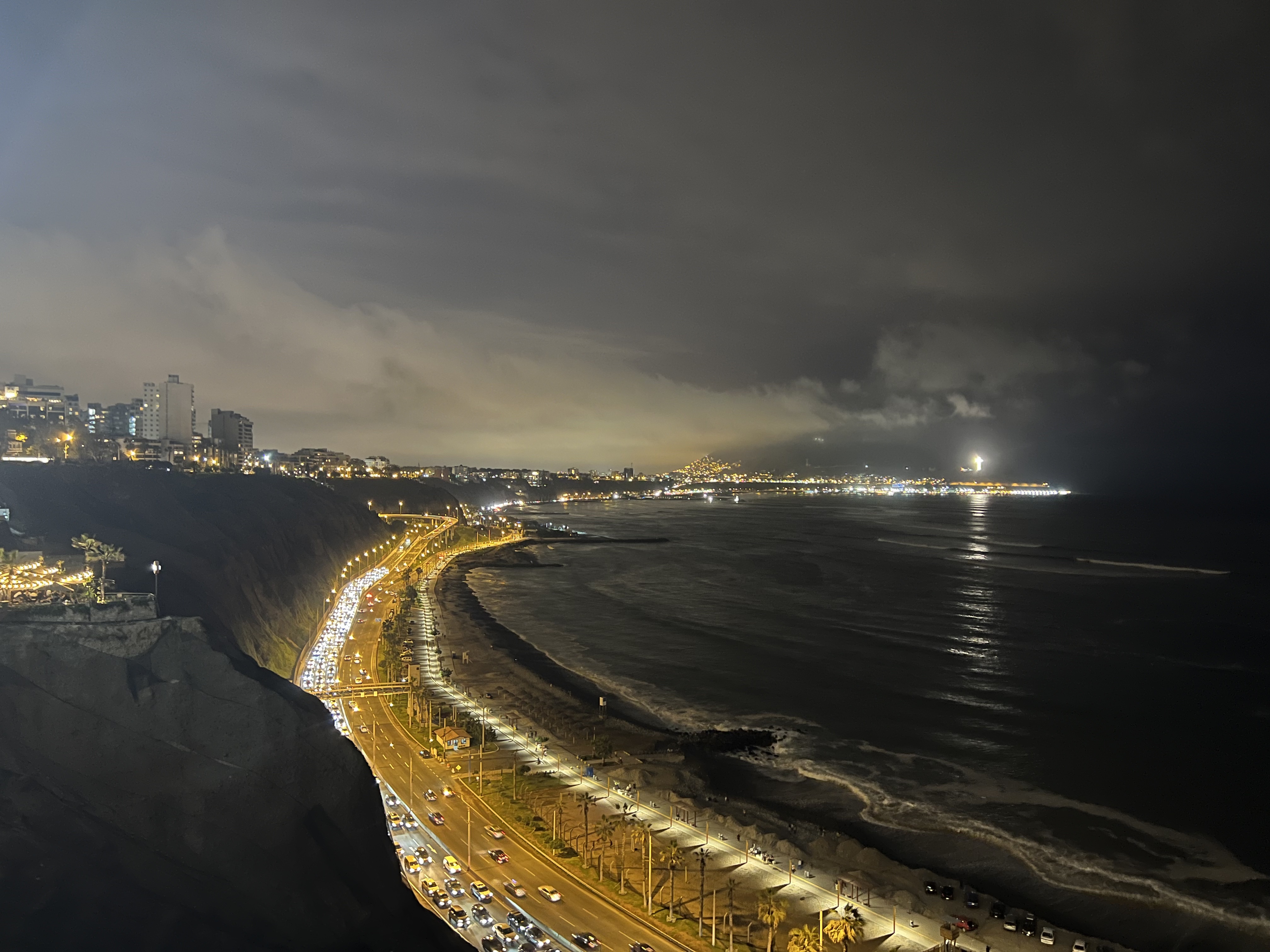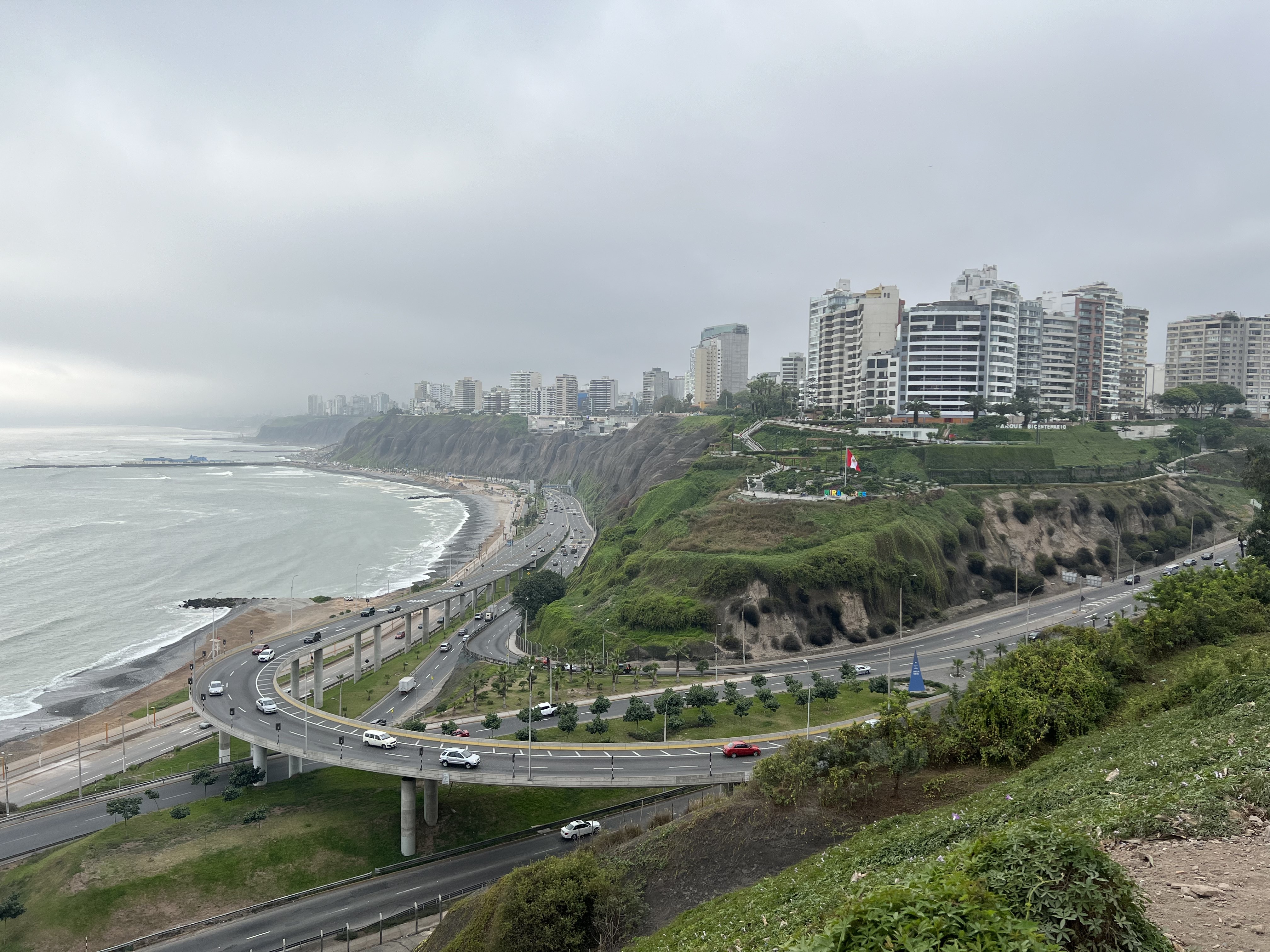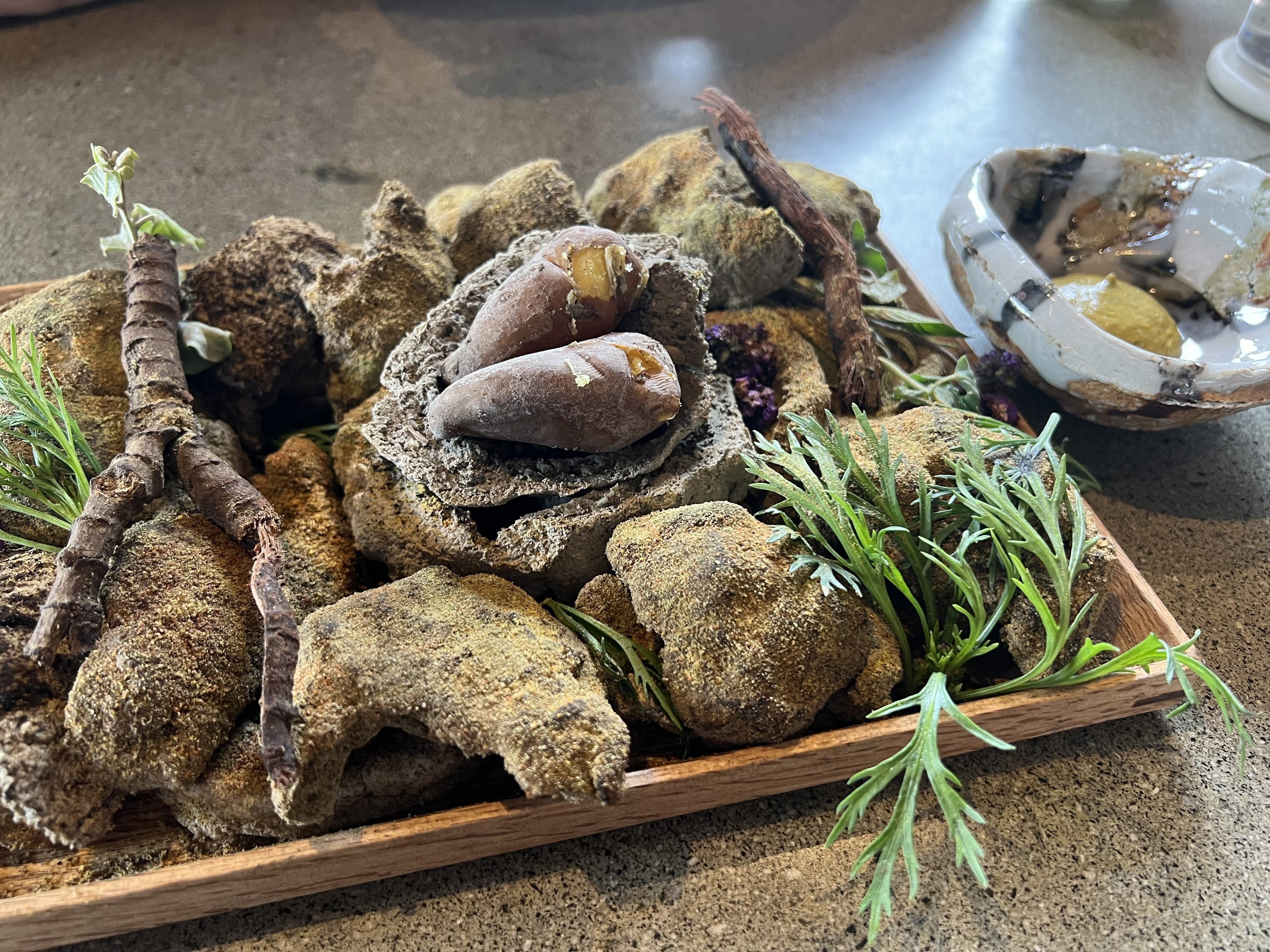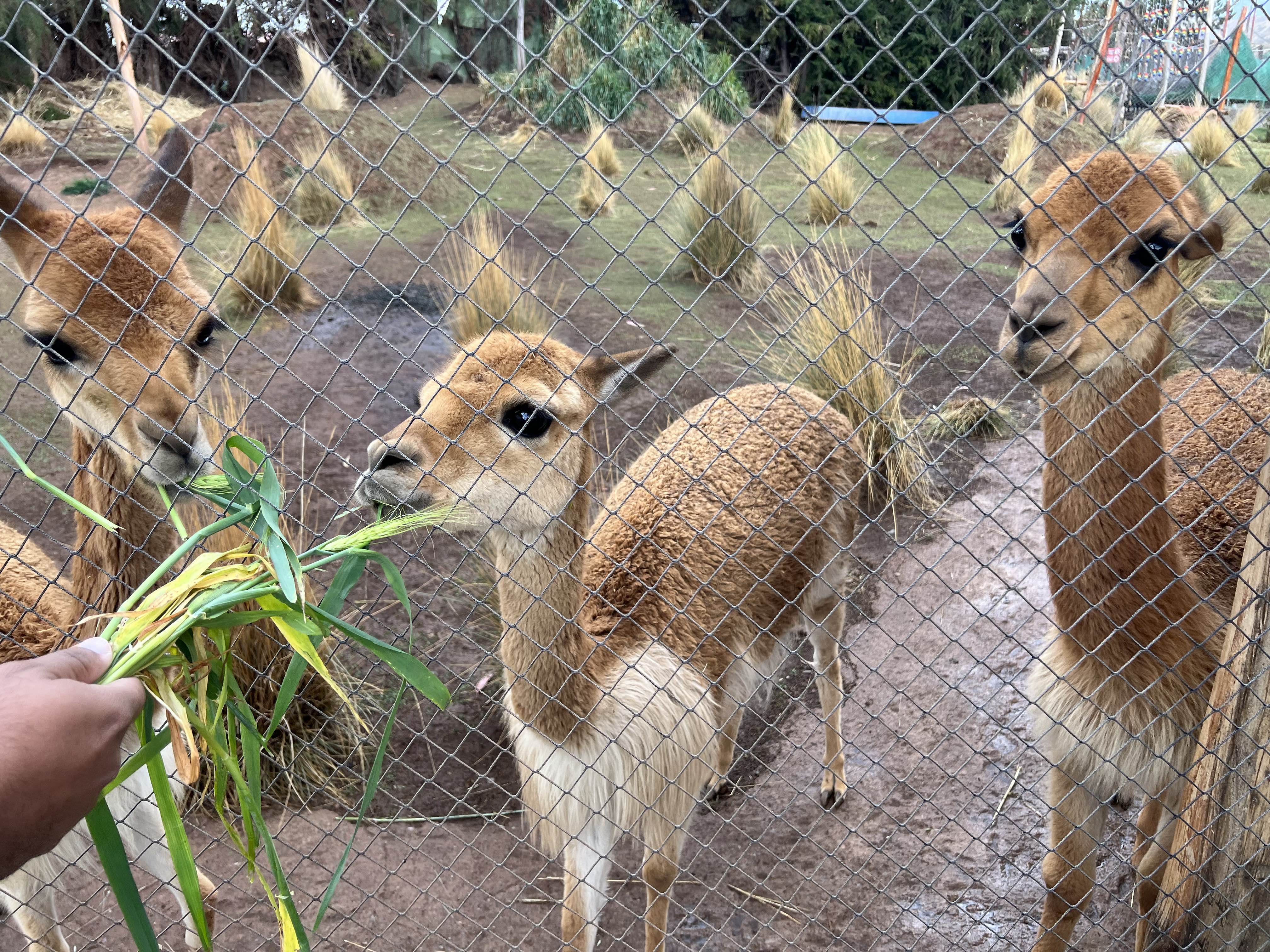
October 21st – 27th, 2023
Chapter 1: Choosing and Planning to go to Peru
Peru was such a last minute trip because my company announced Wellness Week was happening this year and suddenly we had 2 months to plan an international trip. No way we were going to let free vacation go to waste, y’know?
We quickly brainstormed destinations according to some criteria. First and foremost is the philosophy that we should still target places that are easier to visit when we’re younger and without kids. Next, what can we visit on such short notice and with minimal planning? Lastly, I was feeling a nature trip again. Memories of epic Patagonia had resurfaced recently.
So we settled on Peru. What is this Machu Picchu that I’ve heard people speak of over the years? Should we hike the famous 4 day/3 night Inca Trail there or do a day hike, or take the train to it? Without much debate, we settled on the Inca Trail because how could we go and not do the Inca Trail? To do the Inca Trail, one must go with a tour group, which is perfect since it means we don’t have to plan it. We learned the Amazon rainforest is there too. But after research, tours didn’t seem all that exciting, I watched a video of these absurdly giant bugs that come out at night, and the final confirmation was Victor getting an opinion from his friend who went that it was not worth it. We axed the Amazon from our itinerary.

What we did add however, was the Santa Cruz trek, another 3 day/2 night or 4 day/3 night trail. How did this come about? While researching hikes, Victor googled “best hikes in the world” and Santa Cruz came up often enough. His fomo tendencies and maximizer while-we’re-there thinking led him to advocate for the hike. My need to please tendencies and lack of information (he led Peru planning while I did other chores) led me to accept the proposal. As I’ll explain later on, we’ll come to regret it and have to correct for this mistake. Ahaha.
Ok, nature? Check. Added to this itinerary was a stay in Lima of course, so we could experience the city side and Peru’s capital. The other, quite major, reason for adding Lima was because when he researched food, Lima had 4 restaurants in the World’s Best 50 Restaurants list, including the number 1 spot… What! Wow! Who knew? To my boyfriend, the food and fine dining enthusiast, I’ll bet he felt like we struck gold.

And so, with the major points of interest within Peru set, he filled out the rest of the itinerary. It was about 3 days in Lima, where the main purpose is to eat food since I was working remotely and we didn’t have much time for much else, a few days in Cusco so we could acclimate to the high elevation of the Inca Trail, the Inca Trail to Machu Picchu, the Santa Cruz trek, and travel times sprinkled throughout.
Chapter 2: Chilling and Eating in Lima
Me having not done any research into Lima, I had no preconceived notions going into it. Admittedly, I was shocked to hear it had 4 of the world’s top 50 restaurants, so maybe I did have some vague expectations.
What struck me the most was how they live right up to the coast line. In our cab from the airport, I saw roads that were practically next to the ocean. It’s both cool, and terrifying seeing these evacuation signs in case of tsunamis. We spent the next few days taking various strolls in Lima, and it was special to be able to so easily access coastline views as you’re walking though some typical everyday park. Speaking of parks, I think the city does a good job of building in plenty of green spaces all throughout for people to enjoy, better than the Bay Area at least which is my point of comparison.
We stayed in Miraflores, which is one of the nicer neighborhoods so I should caveat that all my perceptions may be biased. Overall, Lima reminded us of Mexico City and we had a hard time deciding which felt more modern. If pressed, we might say Lima feels more modern. But it also seemed like a lot of “fake luxury”. We’ve been house hunting and had been training to tell what materials and builds are high quality vs. made to look nice but actually low quality. Like our airbnb, fake luxury. But don’t mind us, we barely know what we’re talking about and are sharing some fairly uninformed personal observations.
In Miraflores, there was this outdoor shopping mall called Larcomar, an example of them building right next to the ocean, so it’s a cool concept with nice views. There was also Parque Kennedy, known for its abundance of cats, I think because people leave food out or something. One day, we enjoyed “aww”-ing at all the cute cats there, while on another night we tried a bunch of different snack food carts there.

While out and about, we also got the impression that some folks here aren’t used to seeing Asians since they really look at us as we go by. There were children who really stared. There might’ve been one person who guessed to us whether we were [insert race of Asian]. But whether they were staring because we’re Asian or it’s totally unrelated, it’s not like we can ask to verify haha.
As a whole, we had mostly positive experiences with everyone we interacted with. But as is true anywhere, there are always good and bad actors. And whenever you have a standout good or bad experience, they stick out in your memory. For us, there was a memorably bad experience that occurred the first night we landed in the country.
For background, transportation here is not the easiest. We read online that buses don’t stop at designated stops so you have to be able to communicate, which is a problem with our language barriers. We were hesitant taking Ubers from the airport since technically they’re not allowed. So we grabbed a “taxi” from the airport. The hard part is that taxis don’t have standard identification so it’s hard to tell if it’s a real taxi. Spoiler alert: we don’t think we found a real taxi. After we agreed to go with him, he led us all the way to this parking lot where he had this unmarked car. Then after we arrived at the airbnb, he tried to rip us off by telling us there was a tax on top of what we agreed upon. The airbnb host was near so we tried to ask him if this was a thing but there was language barrier. Eventually the driver chickened out of the extra tax and said 70 was fine. Just a negative first impression right after landing. But aside from airport pickups where we assumed there’s more scrutiny, we were able to call Ubers throughout the trip without worry.
Let’s close out talking about our first few days in Lima by ending with the food.
My first impression of food was at the restaurant Siete Sopas. After 13 hours of flying and a sketchy taxi ride, we went out for a late night meal here and it turned out to be awesome. They have this super comforting chicken noodle soup, plus this green lemonade, lemonade with herbs I guess, soo refreshing. And great prices. I love tasty casual spots like this so this was right up my alley.
The other restaurant I of course have to talk about is Central, the number one restaurant in the world according to the “World’s 50 Best Restaurants” 2023 list. Our review is that we do recommend trying if you’re into fine dining. Having watched the “Chef’s Table” episode on chef Virgilio Martínez Véliz, we understood that his ambitions are not only to elevate Peruvian food but also to discover all its different environments and educate the diner in the process. Even the setting is in a former Peruvian cultural museum and the atmosphere was natural, scientific. Regarding the food itself though, it was tasty but not our favorite. If you’re going for only food and not the experience, then it might not be worth it. For example, one dish was a potato cooked in the same earth that’s done in their tradition in the high mountains. Victor would not pay a dollar for it if were offered at McDonald’s. Sooo harsh lol. But we totally get and appreciate how it seeks to bring us the cultural element beyond just delivering tasty dishes with no rhyme or reason.
Chapter 3: Acclimating and Culture in Cusco
After a few days in Lima, we flew to Cusco to acclimate for a few days before starting the Inca Trail hike. At an elevation of 11,100 ft above sea level, the altitude sickness one can feel here is REAL. We landed on a Tuesday night and went to bed. All Wednesday morning I felt like I had a bad, bad hangover. Pulling together the willpower to get out of bed was tough and by lunchtime, the sickness peaked along with my misery. At the restaurant, I didn’t want to eat. The waiter recommended we move out of bright sunlight into the shade so I jumped at anything to feel better. Eventually, some combination of the cocoa tea we ordered, which is often recommended for altitude sickness, some quinoa soup in my belly, and shade made me start to feel better. By early afternoon, I was feeling focused enough to lead a meeting, since I’m working during the daytime in Peru. Thank goodness it didn’t go on for too long.
In Cusco we did a tour of several important Inca sites nearby, including Sacsayhuaman, Qenko, Tambomachay, Manos de la Comunidad, and Puca Pucara. What they are were a religious site for astronomy and sacrificial ceremonies, a place to perform mummification, a water temple, an alpaca/llama/vicuña conservation and traditional handmade clothing site, and ruins of hotels for runners on the Inca Trail back then. The tour brought a lot of color to Cuzco. I appreciated learning about Inca people, their spiritual beliefs, and their ingenuity— like moving these several ton rocks to build religious temples, using grass to form ropes for bridges on the Inca Trail, or how they could build water temples with always flowing water from underground springs.
We asked our guide how were relations between people living in Lima and those in Cusco. Not good, he said. Those in Lima look down on those in Cusco, thinking that they’re less refined or whatnot. One way in how this difference in opinions manifests is that people in Cusco speak ethnic Quechua in addition to Spanish. They see the importance of preserving their history and traditions. Those in cities only speak Spanish. I think about how there are often cultural differences and biased perceptions between different groups or regions within the same country, including my own.
So tying together the two things I mentioned about Cusco so far, here’s a quick tip if you want to do tours here: it could be worth giving yourself a day or so to acclimate, just lying around at your accommodations while you feel terrible. There was a pair on our tour who had landed the day of, and they felt so uncomfortable that they stayed in the van the second half of the tour. Having acclimated already, we were lucky that we could properly enjoy the tour!
The other fun thing to mention here is that we tried cui, or guinea pig for the first time. It’s intense, this whole rodent plopped on your place like that. Yes they take it back to cut it after letting you take pictures, but the idea is still too much for me. Victor was the one who wanted it; the idea of it is fine to him but he didn’t end up liking the meat— felt like an in-between of chicken and liver he said. I thought the taste was fine, and the skin was actually crispy and quite good, think like Peking duck skin. Though I still didn’t like the idea, I ended up trying to eat enough so that our plate didn’t look untouched.

Other than that, during the day I worked and at night, we binged Devil’s Plan on Netflix haha. I liked the nice chill pace of this part of our trip.
Chapter 4 continues in the next post. Check it out at https://exploringduo.com/peru-2!





